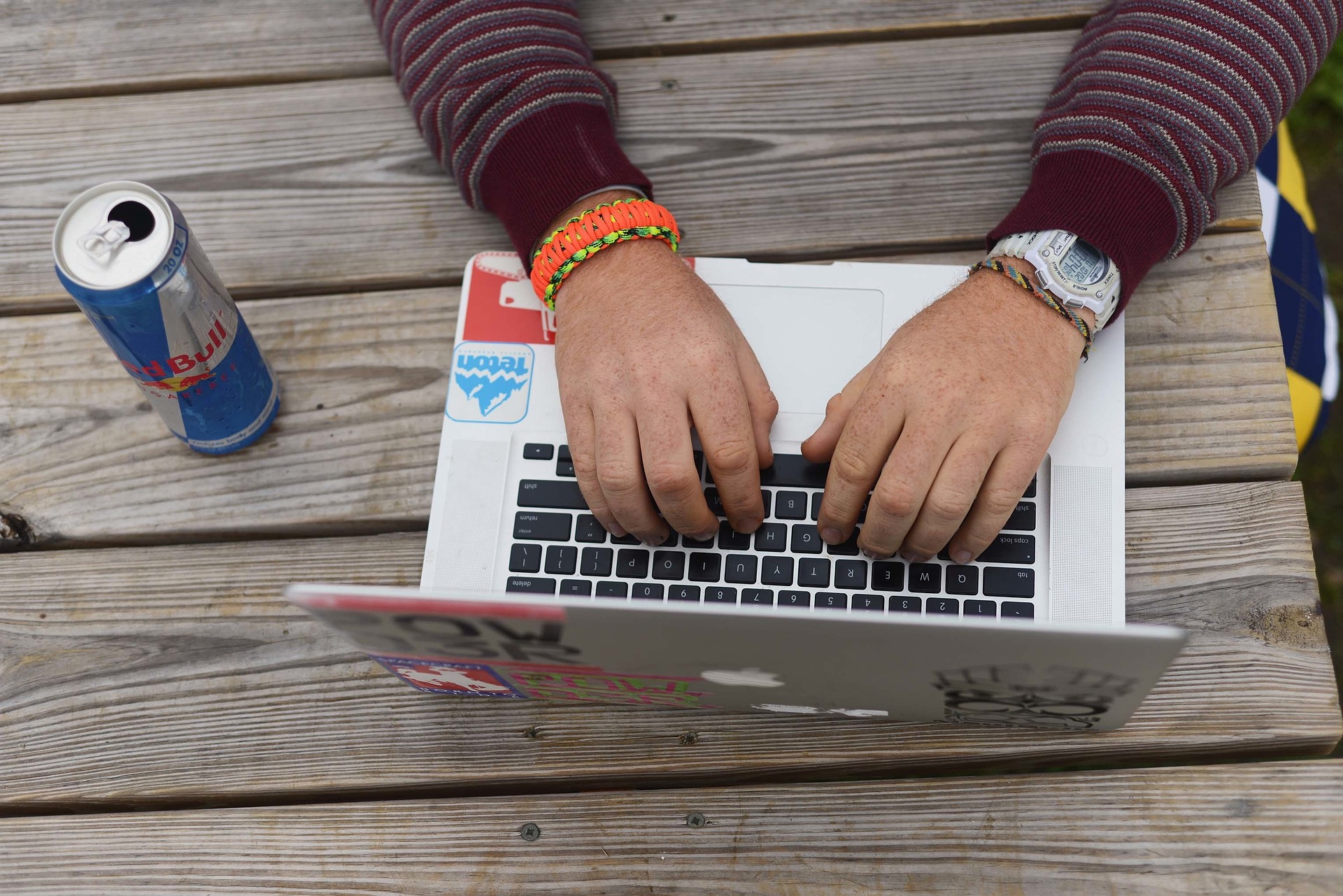Demystifying Botox: A Comprehensive Look into the Popular Anti-Aging Treatment
Botox, the brand name for a type of botulinum toxin, has become a household name over the last few decades. It's no longer the beauty secret of the rich and famous, but a widely accepted procedure, recognized for its effectiveness in reducing the appearance of fine lines and wrinkles. Despite its popularity, numerous misconceptions and fears still surround this cosmetic procedure. This article aims to demystify Botox, delve into its history, discuss its evolution and benefits, and address common concerns.

The Birth of Botox
Botox’s origins are surprisingly humble. It was first identified in the 1820s when German medical officer Justinus Kerner investigated a series of fatal food poisonings connected to spoiled sausages. He discovered that the toxin causing the poisonings - botulinum toxin - could be used in small, controlled doses to cause temporary muscle paralysis.
The potential medical applications of botulinum toxin were largely unexplored until the 1970s when ophthalmologist Dr. Alan B Scott started using it to treat squinting. This led to the FDA approving the toxin for therapeutic use in 1989. However, it wasn’t until the early 2000s when Botox’s cosmetic potential was fully realized, and it was approved for the treatment of frown lines and wrinkles.
Botox Today: A Cultural Phenomenon
In the present day, Botox treatments are ubiquitous, transcending socio-economic, age, and gender boundaries. The procedure has become more accessible than ever before, with clinics offering Botox treatments popping up in every city and town.
The normalization of Botox has also been driven by the rise of social media and the culture of sharing personal experiences online. Influencers and celebrities alike often document their Botox journeys, demystifying the process and making it more acceptable in mainstream society.
The Science Behind Botox
Botox works by blocking nerve signals in the muscles where it is injected. This causes a temporary reduction in muscle activity, which in turn reduces the appearance of dynamic wrinkles – the lines that form as a result of repeated facial expressions.
Botox’s effectiveness and relatively low-risk profile have led to it being used in various medical treatments beyond cosmetic applications. It is now used to treat conditions such as chronic migraines, excessive sweating, and certain muscular disorders.
Debunking Botox Myths
Despite its popularity, Botox is often subject to misinformation and myths. One common misconception is that Botox will cause facial paralysis or give a ‘frozen’ look. This is largely untrue. When administered by a skilled professional, Botox should result in a natural, refreshed look.
Another myth is that Botox is only for older people. In reality, Botox can be used preventatively in younger patients to delay the onset of wrinkles. Finally, many people think that Botox is a permanent solution. It’s not - the effects usually last three to six months, and regular treatments are needed to maintain the results.
The Future of Botox
The future of Botox looks promising. Research into its potential therapeutic uses continues, and there is an increasing trend towards ‘baby Botox’ – lower doses used for a subtler effect.
In conclusion, the rise of Botox from a lethal toxin to a beloved beauty treatment is a testament to medical innovation. As we continue to understand more about its potential, Botox is set to remain a staple in the beauty and medical industries for years to come. It’s a testament to the human spirit of innovation and our continuous quest for beauty and youth.




